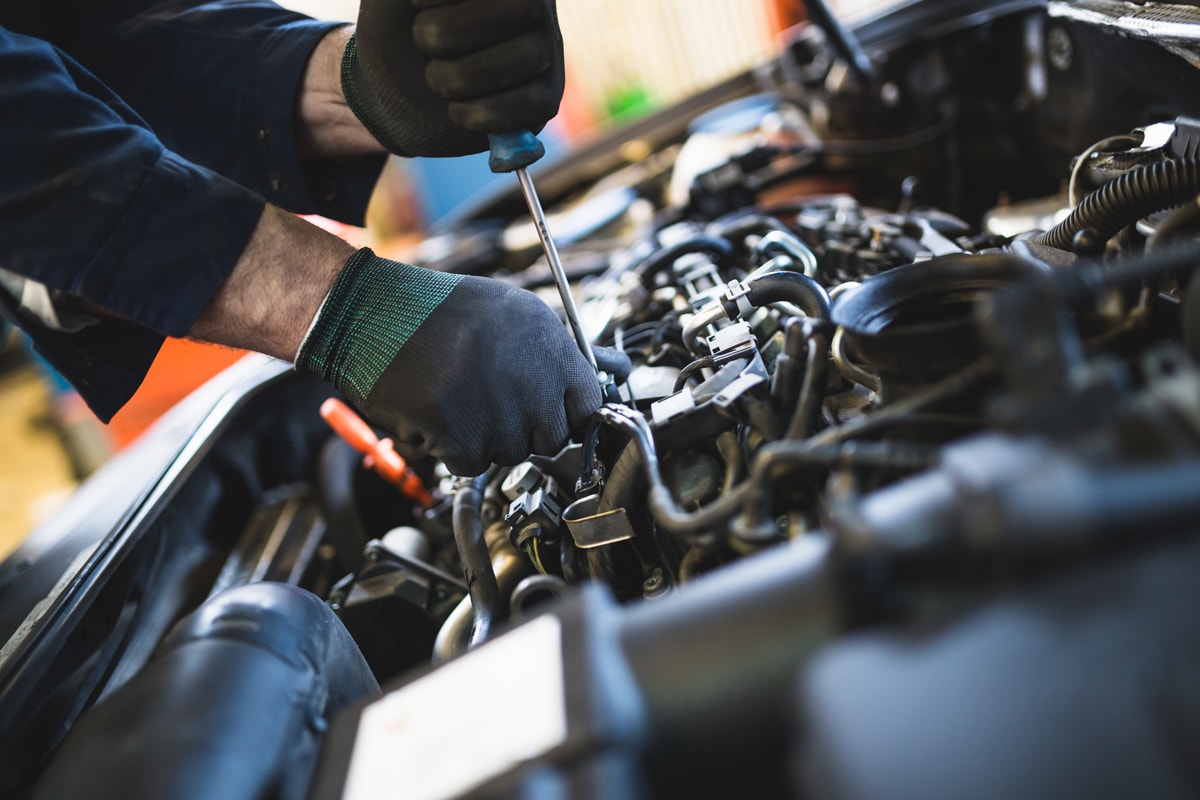Vehicles are complicated equipments with lots of relocating parts, and as they age, issues are bound to arise. The good news is, several typical vehicle issues are reasonably simple to fix or can be stopped with regular maintenance. Understanding what to watch out for and how to deal with these issues can conserve you time, cash, and stress. Right here's a guide to some of one of the most typical vehicle problems and just how to resolve them.
- Dead Battery. A dead battery is just one of the most typical factors an auto will not begin. This trouble can happen as a result of numerous aspects, such as leaving lights on overnight, the battery being too old, or extreme temperatures influencing the battery's efficiency. If your automobile is having a hard time to start, or the headlights seem dim, the battery may be responsible.
How to fix it: If the battery is dead, attempt jump-starting your vehicle making use of jumper cable televisions and another vehicle. If the cars and truck begins, head to a car shop to get your battery tested and replaced if necessary.
- Puncture. Flat tires are another frequent problem. Driving over sharp objects like nails or hitting pockets can create a tire to deflate. If you listen to a loud sound or discover a sudden adjustment in handling, a blowout might be the reason.
How to fix it: To repair a flat tire, you'll need to pull over safely and use a jack to lift the lorry. Remove the lug nuts with a wrench, take off the flat tire, and replace it with the extra tire.
- Engine Getting too hot. An overheating engine can create serious damage if not attended to quickly. It's usually triggered by reduced coolant levels, a busted radiator, or a malfunctioning thermostat. If your vehicle's temperature level scale is increasing or if you see steam coming from under the hood, your engine may be overheating.
Exactly how to repair it: First, draw over safely and turn off the engine to avoid creating further damage. After allowing the engine cool off, check the coolant degree and include more if necessary. If the coolant is complete, the issue could be with the radiator or thermostat, in which situation it's finest to take the auto to a mechanic for further maintenance.
- Squeaky or Spongy Brakes. If your brakes are making unusual sounds like screeching, grinding, or feel squishy when you push the pedal, this is an indication that something is incorrect with your brake system. Damaged brake pads, low brake fluid, or perhaps a damaged rotor can be the root cause of brake issues.

Exactly how to fix it: If the brake pads are used, you'll need to replace them. If the brake liquid is low, top it up to the advised degree. If the issue lingers, it can be due to harmed blades or various other brake parts that require expert repair work. For safety, always address brake issues quickly by checking out a technician.
- Air Conditioning Not Cooling Down. Driving in a warm auto is uncomfortable, and if your a/c isn't cooling down effectively, it's greater than just an aggravation. An absence of refrigerant, a clogged condenser, or a malfunctioning compressor can prevent the AC from functioning successfully.
Just how to fix it: Start by examining the refrigerant degrees. If it's low, you can utilize an AC recharge package to add refrigerant to the system. If the concern persists, the problem could be with the compressor or condenser, and it might require professional fixing. Regular air conditioning maintenance, such as cleaning the condenser and replacing the cabin air filter, can aid stop these problems.
- Inspect Engine Light On. The check engine light is a basic caution that can show various concerns, from a loose gas cap to a lot more severe engine troubles. Ignoring the check engine light can cause bigger and extra costly repair services down the line.
How to repair it: Beginning by checking if the gas cap is securely safeguarded, as a loose cap can cause the check engine light. Based on the code, you may need to replace a sensing unit, repair an exhaust leak, or execute other repairs.
- Poor Gas Economy. If your auto is eating more fuel than typical, there can be several causes, consisting of unclean air filters, underinflated tires, or malfunctioning spark plugs. Poor fuel economy not just boosts your expenditures but can also be an indicator that something is wrong with your vehicle.
Make sure your tires are appropriately inflated, as underinflated tires can minimize fuel performance. If these actions do not resolve the trouble, it may be time to change trigger plugs or obtain your gas injectors cleansed.
- Stalling or Harsh Idling. If your automobile stalls regularly or the engine idles about, it can be caused by several elements, such as a blocked gas filter, an unclean throttle body, or issues with the gas pump.
Exactly how to repair it: First, inspect the fuel filter and change it if it's unclean. Tidy the throttle body if it's clogged with carbon accumulation. If the problem persists, it could be an indicator of a defective gas pump or ignition system, and you need to take the vehicle to a technician for additional diagnostics.
Verdict. Comprehending common vehicle issues and how to resolve them can conserve you from unexpected failures and pricey repair work. Regular upkeep, such as altering the oil, examining fluid levels, and examining vital elements, is essential in avoiding these issues. If you experience much more intricate issues, it's constantly best to speak with a specialist auto mechanic to guarantee your lorry remains in leading problem and stays safe on the road.
Navigation
Latest Posts
Advanced Safety Features of Mazda Vehicles You Should Know
Get Your Car Fixed Today at Avondale Auto Repair
Why Select Modern INFINITI of Greensboro for Battery Solution?
